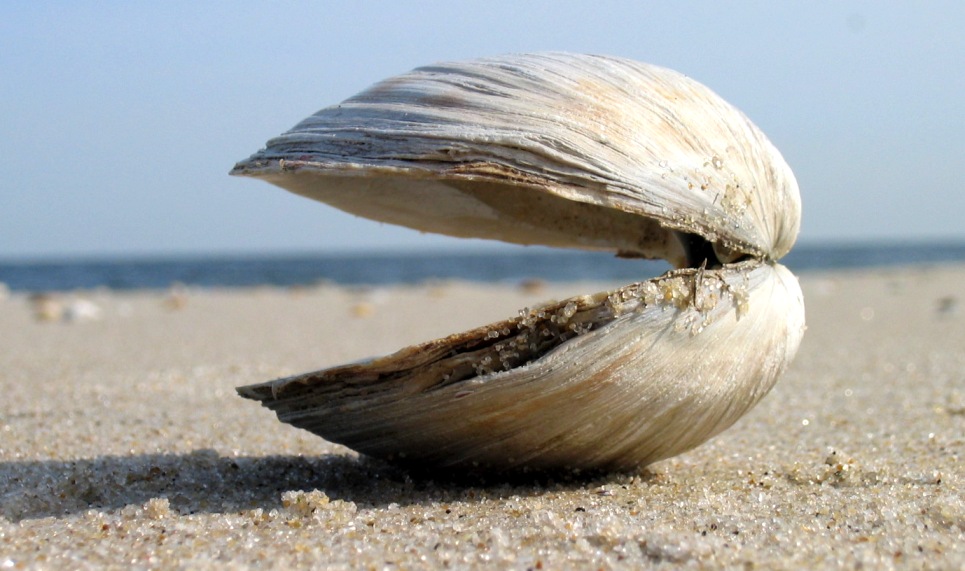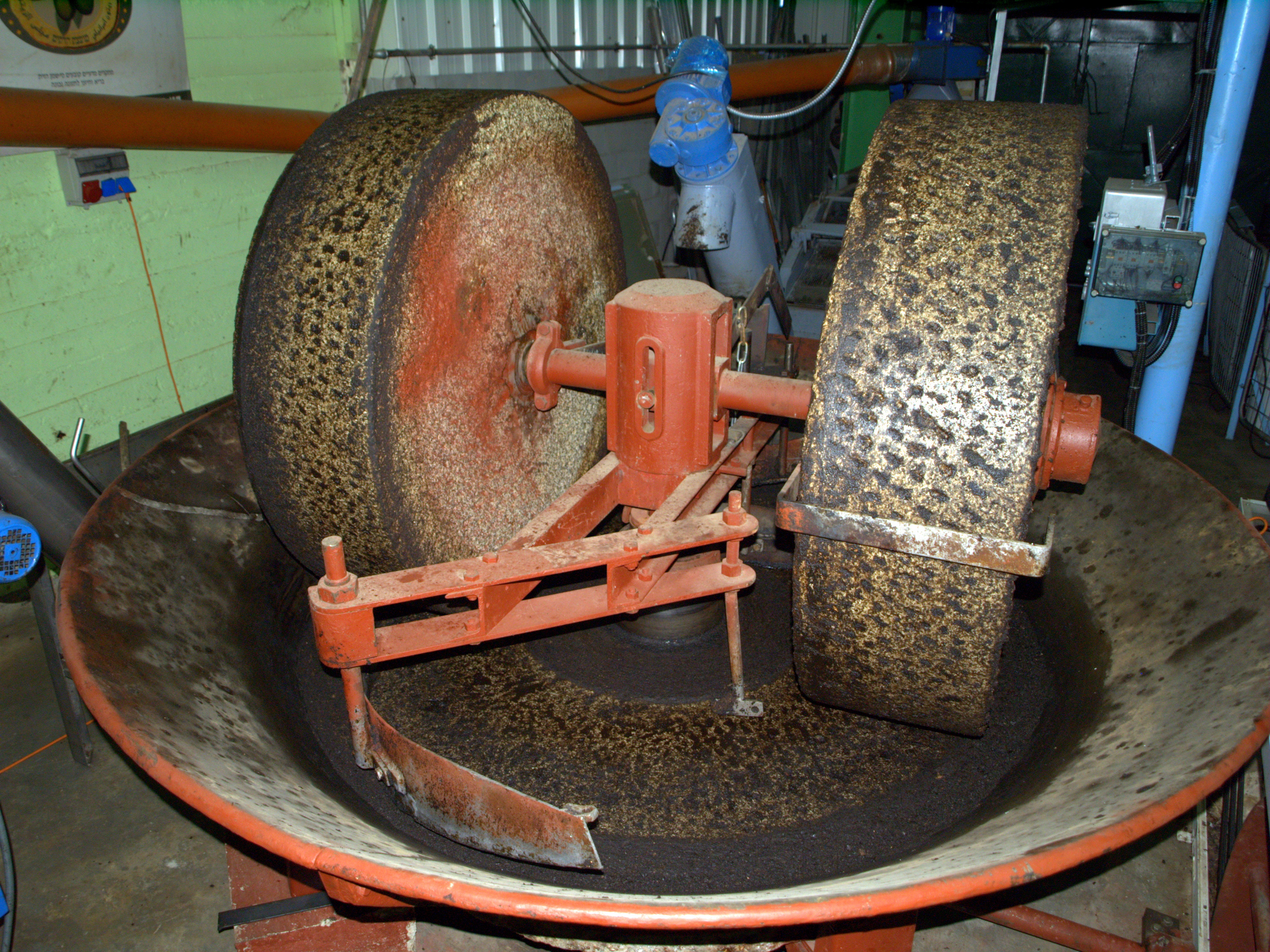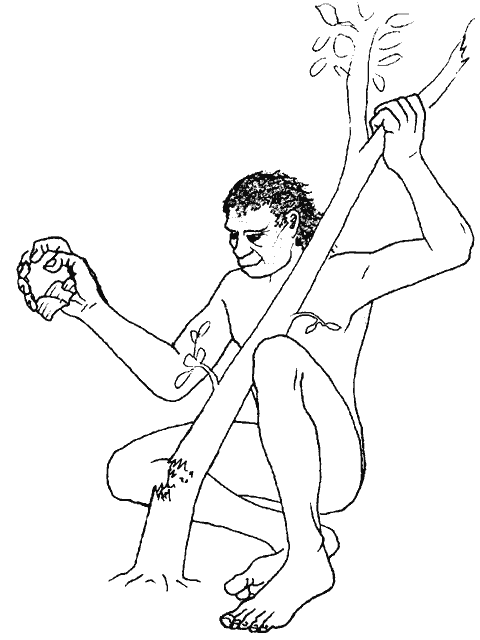|
Monagrillo (archaeological Site)
Monagrillo (also known as He-5) is an archaeological site in south-central Panama with ceramics that have been shown by radiocarbon dating to have an occupation range of about 2500 BC—1200 BC.Piperno et al. 1985 The site is important because it provides the earliest example of ceramics in Central America along with one of the earliest examples of maize agriculture in the region. The site lies along Panama's most fruitful seacoast.Ranere and Hansell 1978 and reached a maximum living area of 1.4 ha Cooke and Ranere 1992 Setting in Parita Bay The site lies along or very near the modern shoreline of Parita Bay, on the Pacific side of Panama near the base of the Azuero Peninsula.Rands 1956 It is 5 km northeast of Chitré, the capital of Herrera Province. It sits 1.5 km south of the Parita River on a strip of land that juts into what is today a salt flat. The shallow, silt-filled Parita Bay is forms the northwest corner of the Gulf of Panama. Large populations of moll ... [...More Info...] [...Related Items...] OR: [Wikipedia] [Google] [Baidu] |
Archaeological Site
An archaeological site is a place (or group of physical sites) in which evidence of past activity is preserved (either prehistoric or recorded history, historic or contemporary), and which has been, or may be, investigated using the discipline of archaeology and represents a part of the archaeological record. Sites may range from those with few or no remains visible above ground, to buildings and other structures still in use. Beyond this, the definition and geographical extent of a "site" can vary widely, depending on the period studied and the theoretical approach of the archaeologist. Geographical extent It is almost invariably difficult to delimit a site. It is sometimes taken to indicate a settlement of some sort, although the archaeologist must also define the limits of human activity around the settlement. Any episode of deposition, such as a hoard or burial, can form a site as well. Development-led archaeology undertaken as cultural resources management has the disad ... [...More Info...] [...Related Items...] OR: [Wikipedia] [Google] [Baidu] |
Cottontail Rabbit
Cottontail rabbits are in the ''Sylvilagus'' genus, which is in the family Leporidae. They are found in the Americas. Most ''Sylvilagus'' species have stub tails with white undersides that show when they retreat, giving them their characteristic name. However, this feature is not present in all ''Sylvilagus'', nor is it unique to the genus. However their fur ranges from brown to gray and changes throughout the year, depending on the season. The genus is widely distributed across North America, Central America, and northern and central South America, though most species are confined to particular regions. Most species live in nests called forms, and all have altricial young. They often live on the edges of fields, farms, and other open spaces far from highly populated areas. But sometimes they make their nests in yards and parks near more people. An adult female averages three litters per year, which can be born in any season. Occurrence and litter size depend on several factors ... [...More Info...] [...Related Items...] OR: [Wikipedia] [Google] [Baidu] |
Central American Agouti
The Central American agouti (''Dasyprocta punctata'') is a species of agouti from the family Dasyproctidae. The main portion of its range is from Chiapas and the Yucatan Peninsula (southern Mexico), through Central America, to northwestern Ecuador, Colombia and far western Venezuela. A highly disjunct population is found in southeastern Peru, far southwestern Brazil, Bolivia, western Paraguay and far northwestern Argentina. The disjunct population has been treated as a separate species, the brown agouti (''Dasyprocta variegata''),Emmons, L. H. (1997). ''Neotropical Rainforest Mammals.'' Pp. 227–229. 2nd edition. but a major review of the geographic variation is necessary. The Central American agouti has also been introduced to Cuba and the Cayman Islands. Though some populations are reduced due to hunting and deforestation, large populations remain and it is not considered threatened. In an analysis of 240 species, agoutis came in fourth place for best sense of smell; bette ... [...More Info...] [...Related Items...] OR: [Wikipedia] [Google] [Baidu] |
Collared Peccary
The collared peccary (''Dicotyles tajacu'') is a peccary, a species of artiodactyl (even-toed) mammal in the family Peccary, Tayassuidae found in North America, North, Central America, Central, and South America. It is the only member of the genus ''Dicotyles''. They are commonly referred to as ''javelina, saíno'', ''taitetu'', or ''báquiro'', although these terms are also used to describe other species in the family. The species is also known as the musk hog. In Trinidad, it is colloquially known as ''quenk''. Taxonomy Although somewhat related to true Old World pigs, and frequently referred to as a pig, this species and the other peccaries are no longer classified in the pig family, Suidae. Although formerly classified in the genus ''Pecari'', studies in 2020 placed them in the genus ''Dicotyles'', based on an unequivocal type-species selection; these studies have been accepted by the American Society of Mammalogists. Currently, the IUCN still places them in the genus ''Pecar ... [...More Info...] [...Related Items...] OR: [Wikipedia] [Google] [Baidu] |
Clams
Clam is a common name for several kinds of bivalve mollusc. The word is often applied only to those that are deemed edible and live as infauna, spending most of their lives halfway buried in the sand of the sea floor or riverbeds. Clams have two shells of equal size connected by two adductor muscles and have a powerful burrowing foot. They live in both freshwater and marine environments; in salt water they prefer to burrow down into the mud and the turbidity of the water required varies with species and location; the greatest diversity of these is in North America. Clams in the culinary sense do not live attached to a substrate (whereas oysters and mussels do) and do not live near the bottom (whereas scallops do). In culinary usage, clams are commonly eaten marine bivalves, as in clam digging and the resulting soup, clam chowder. Many edible clams such as palourde clams are ovoid or triangular; however, razor clams have an elongated parallel-sided shell, suggesting ... [...More Info...] [...Related Items...] OR: [Wikipedia] [Google] [Baidu] |
Oysters
Oyster is the common name for a number of different families of Seawater, salt-water bivalve molluscs that live in Marine (ocean), marine or Brackish water, brackish habitats. In some species, the valves are highly Calcification, calcified, and many are somewhat irregular in shape. Many, but not all oysters, are in the superfamily Ostreoidea. Some species of oyster are commonly consumed and are regarded as a delicacy in some localities. Some types of pearl oysters are harvested for the pearl produced within the Mantle (mollusc), mantle. Others, such as the translucent Windowpane oysters, are harvested for their shells. Etymology The word ''oyster'' comes from Old French , and first appeared in English during the 14th century. The French derived from the Latin , the feminine form of , which is the Latinisation (literature), latinisation of the Ancient Greek () 'oyster'. Compare () 'bone'. Types True oysters True oysters are members of the family Ostreidae. This family in ... [...More Info...] [...Related Items...] OR: [Wikipedia] [Google] [Baidu] |
Grinding Stones
Millstones or mill stones are stones used in gristmills, used for triturating, crushing or, more specifically, grinding wheat or other grains. They are sometimes referred to as grindstones or grinding stones. Millstones come in pairs: a stationary base with a convex rim known as the bedstone (or nether millstone) and a concave-rimmed runner stone that rotates. The movement of the runner on top of the bedstone creates a "scissoring" action that grinds grain trapped between the stones. Millstones are constructed so that their shape and configuration help to channel ground flour to the outer edges of the mechanism for collection. The runner stone is supported by a cross-shaped metal piece (millrind or rynd) fixed to a "mace head" topping the main shaft or spindle leading to the driving mechanism of the mill (wind, water (including tide), or other means). History The origins of an industry Often referred to as the "oldest industry", the use of the millstone is inextric ... [...More Info...] [...Related Items...] OR: [Wikipedia] [Google] [Baidu] |
Scraper (archaeology)
In prehistoric archaeology, scrapers are unifacial tools thought to have been used for hideworking and woodworking. Many lithic analysts maintain that the only true scrapers are defined on the base of use-wear, and usually are those that were worked on the distal ends of blades—i.e., " end scrapers" (). Other scrapers include the so-called " side scrapers" or racloirs, which are made on the longest side of a flake, and notched scrapers, which have a cleft on either side that may have been used to attach them to something else. Scrapers are typically formed by chipping the end of a flake of stone in order to create one sharp side and to keep the rest of the sides dull to facilitate grasping it. Most scrapers are either circle or blade-like in shape. The working edges of scrapers tend to be convex, and many have trimmed and dulled lateral edges to facilitate hafting. One important variety of scraper is the thumbnail scraper, a scraper shaped much like its namesake. Thi ... [...More Info...] [...Related Items...] OR: [Wikipedia] [Google] [Baidu] |
Chopper (archaeology)
Archaeologists define a chopper as a pebble tool with an irregular cutting edge formed through the removal of lithic flake, flakes from one side of a stone. Choppers are crude forms of stone tool and are found in archaeological industry, industries as early as the Lower Palaeolithic from around 2.5 million years ago. These earliest known specimens were found in the Olduvai Gorge in Tanzania by Louis Leakey in the 1930s. The name Oldowan was given to the tools after the site in which they were excavated. These types of tools were used an estimated time range of 2.5 to 1.2 million years ago. Formation To create this tool, one would have to use a hammerstone to chip away flakes on the stone to create a side of the stone with a very sharp edge, allowing for the cutting and hacking of an object. This is a unique type of lithic reduction, as only a single side of the stone is retouched to produce the cutting surface of the stone. The side that does not do the cutting is left unscathed ... [...More Info...] [...Related Items...] OR: [Wikipedia] [Google] [Baidu] |
La Cueva De Los Ladrones
LA most frequently refers to Los Angeles, the second most populous city in the United States of America. La, LA, or L.A. may also refer to: Arts and entertainment Music *La (musical note), or A, the sixth note *"L.A.", a song by Elliott Smith on ''Figure 8'' (album) * ''L.A.'' (EP), by Teddy Thompson *''L.A. (Light Album)'', a Beach Boys album * "L.A." (Neil Young song), 1973 *The La's, an English rock band *L.A. Reid, a prominent music producer *Yung L.A., a rapper *Lady A, an American country music trio * "L.A." (Amy Macdonald song), 2007 *"La", a song by Australian-Israeli singer-songwriter Old Man River *''La'', a Les Gordon album Other media * l(a, a poem by E. E. Cummings *La (Tarzan), fictional queen of the lost city of Opar (Tarzan) *''Lá'', later known as Lá Nua, an Irish language newspaper *La7, an Italian television channel *LucasArts, an American video game developer and publisher *Liber Annuus, academic journal Business, organizations, and government agenci ... [...More Info...] [...Related Items...] OR: [Wikipedia] [Google] [Baidu] |
Anthony J
Anthony, also spelled Antony, is a masculine given name derived from the ''Antonii'', a ''gens'' ( Roman family name) to which Mark Antony (''Marcus Antonius'') belonged. According to Plutarch, the Antonii gens were Heracleidae, being descendants of Anton, a son of Heracles. Anthony is an English name that is in use in many countries. It has been among the top 100 most popular male baby names in the United States since the late 19th century and has been among the top 100 male baby names between 1998 and 2018 in many countries including Canada, Australia, England, Ireland and Scotland. Equivalents include ''Antonio'' in Italian, Spanish, Portuguese and Maltese; ''Αντώνιος'' in Greek; ''António'' or ''Antônio'' in Portuguese; ''Antoni'' in Catalan, Polish, and Slovene; '' Anton'' in Dutch, Galician, German, Icelandic, Romanian, Russian, and Scandinavian languages; ''Antoine'' in French; '' Antal'' in Hungarian; and '' Antun'' or '' Ante'' in Croatian. The usual abbreviate ... [...More Info...] [...Related Items...] OR: [Wikipedia] [Google] [Baidu] |







